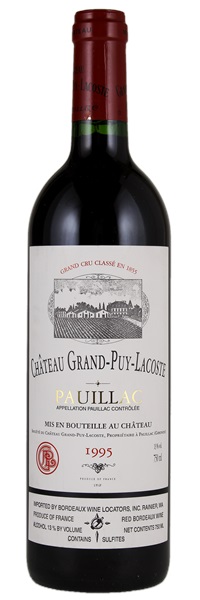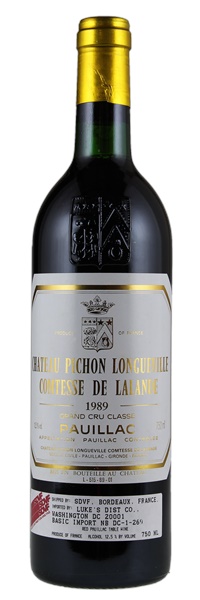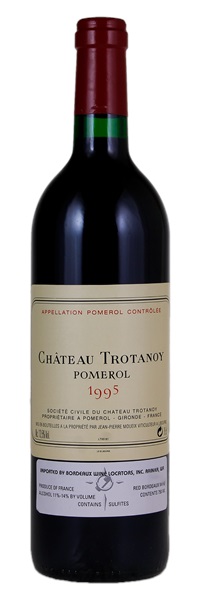Estimate


Masses of ripe fruit. Blackberry, cassis and spices. Full-bodied and very soft, with round, caressing tannins and a deliciously fresh berry, plum aftertaste.
Flamboyant aromas of cassis, currant leaf, tobacco, herbs and animal fur. Sweet, lush and lively; already showing lovely inner-mouth aromatic character.
..a sweet, roasted nose of rich cassis fruit, herbs, and vanilla. Lush and round,..outstanding ripeness, and beautiful purity and balance.

Masses of ripe fruit. Blackberry, cassis and spices. Full-bodied and very soft, with round, caressing tannins and a deliciously fresh berry, plum aftertaste.
Flamboyant aromas of cassis, currant leaf, tobacco, herbs and animal fur. Sweet, lush and lively; already showing lovely inner-mouth aromatic character.
..a sweet, roasted nose of rich cassis fruit, herbs, and vanilla. Lush and round,..outstanding ripeness, and beautiful purity and balance.

Masses of ripe fruit. Blackberry, cassis and spices. Full-bodied and very soft, with round, caressing tannins and a deliciously fresh berry, plum aftertaste.
Flamboyant aromas of cassis, currant leaf, tobacco, herbs and animal fur. Sweet, lush and lively; already showing lovely inner-mouth aromatic character.
..a sweet, roasted nose of rich cassis fruit, herbs, and vanilla. Lush and round,..outstanding ripeness, and beautiful purity and balance.

Masses of ripe fruit. Blackberry, cassis and spices. Full-bodied and very soft, with round, caressing tannins and a deliciously fresh berry, plum aftertaste.
Flamboyant aromas of cassis, currant leaf, tobacco, herbs and animal fur. Sweet, lush and lively; already showing lovely inner-mouth aromatic character.
..a sweet, roasted nose of rich cassis fruit, herbs, and vanilla. Lush and round,..outstanding ripeness, and beautiful purity and balance.

Masses of ripe fruit. Blackberry, cassis and spices. Full-bodied and very soft, with round, caressing tannins and a deliciously fresh berry, plum aftertaste.
Flamboyant aromas of cassis, currant leaf, tobacco, herbs and animal fur. Sweet, lush and lively; already showing lovely inner-mouth aromatic character.
..a sweet, roasted nose of rich cassis fruit, herbs, and vanilla. Lush and round,..outstanding ripeness, and beautiful purity and balance.

Masses of ripe fruit. Blackberry, cassis and spices. Full-bodied and very soft, with round, caressing tannins and a deliciously fresh berry, plum aftertaste.
Flamboyant aromas of cassis, currant leaf, tobacco, herbs and animal fur. Sweet, lush and lively; already showing lovely inner-mouth aromatic character.
..a sweet, roasted nose of rich cassis fruit, herbs, and vanilla. Lush and round,..outstanding ripeness, and beautiful purity and balance.